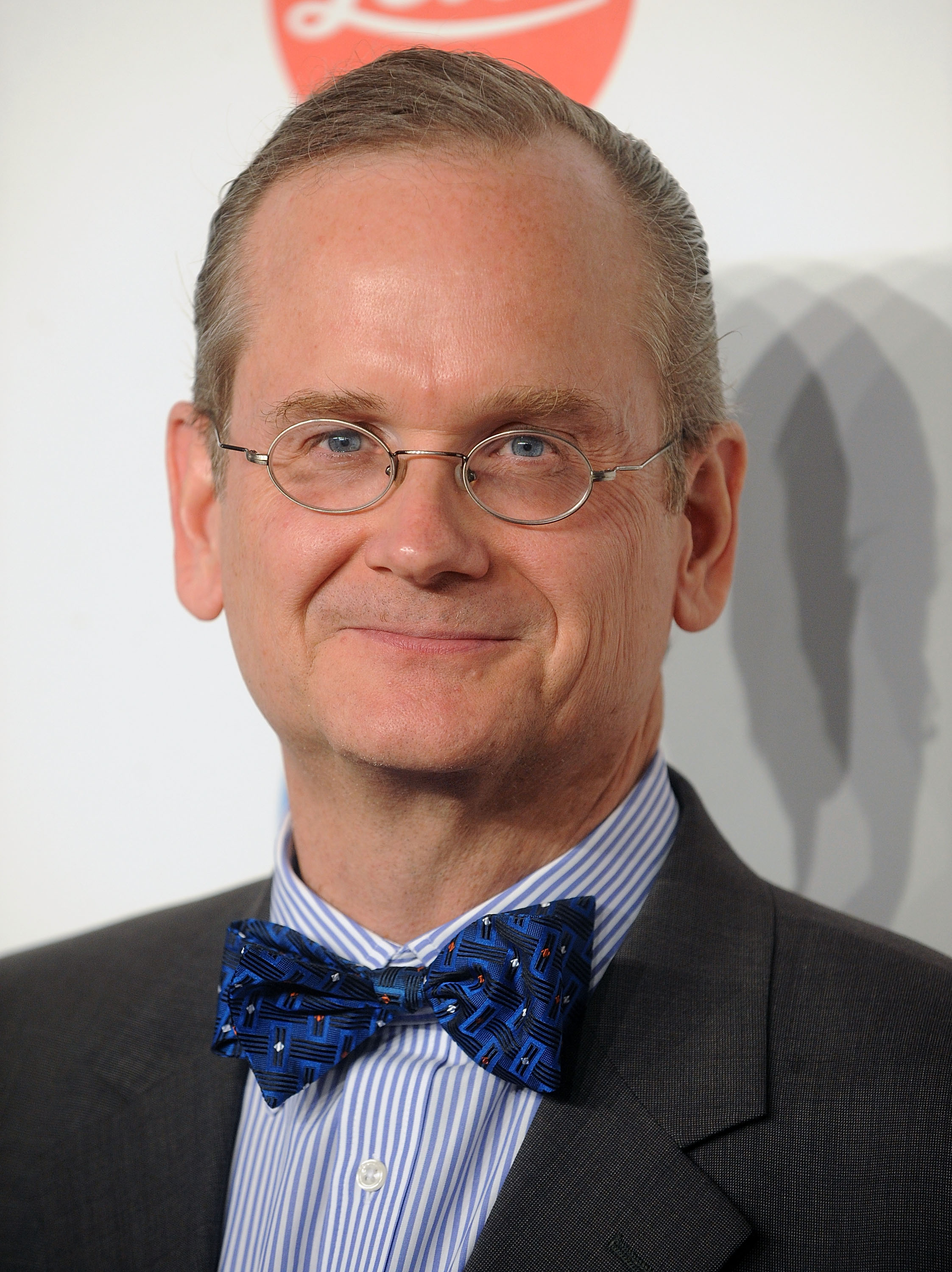
Law professor Lawrence Lessig’s plan to reform campaign finance in America by blowing the system up from the inside has always been such a longshot that even he is astonished by its fundraising success so far.
The Mayday PAC project launched in May with an initial fundraising goal of $1 million, followed by a $ 5 million goal, all raised through Kickstarter-like pledges. The PAC would then use the money to support five candidates in 2014 committed to serious campaign finance reform—a Super PAC to destroy Super PACs.
The goal was still distant as the July 4 deadline approached, but in its final hours supporters rallied: More than 50,000 people have donated $7.6 million to date. And unlike most Kickstarter campaigns, that’s without offering any swag.
“We attracted this money without offering any t-shirts or any buttons or any anything,” Lessig told TIME.
A matching donation of $5 million still to come should push Mayday PAC’s unexpectedly brimming war chest over $12 million, giving it more than $2 million to spend apiece on five elections.
Lessig spoke with TIME about the PAC’s unlikely success, the challenges it still faces and how it’s choosing which candidates to support.
TIME: That was an ambitious fundraising goal—how are you feeling?
Lawrence Lessig: It was an insane fundraising goal and I’m incredibly surprised and happy that people rallied the way they did. It was really extraordinary.
Were you worried toward the end?
Yeah, I was of course worried at the end. Our plan was we would do the first round and that would attract the attention of somebody like Comedy Central, which would get us the exposure we needed to win on the second round. Because what we knew is if we got before enough people’s eyeballs we would get the support we needed. But as time wore on it was clear Comedy Central was not going to jump into the breach, so we needed to rely on just plain old peer-to-peer, Internet activism. And that in the end seemed to work.
In reforming campaign finance you face not just the institutional impediment of Congress but precedent set by the Supreme Court. What’s the plan?
I actually don’t think there’s any constitutional impediments to the first step reforms that we’ve talked about. We want to change the way campaigns are funded and the Supreme Court has been quite clear that Congress has the power to change the way campaigns are funded through voluntary public funding. Now, what we support is not the traditional public funding—where the government writes a check to fund your campaigns—but bottom up public funding, where it’s matching funds like John Sarbanes Government By the People Act, or a voucher program. Either way this is a public funding program that would help people by creating small dollar systems that they could fund winning campaigns with. That’s completely constitutional and would create the first step toward building a Congress that might address any constitutional problems.
In picking candidates will there be a litmus test beyond a commitment to substantial campaign finance reform.
No. There’s no litmus test for them beyond substantial reform, fundamental reform and the reform we’ve been talking about: changing the way campaigns are funded.
Now, in picking the first five though. that’s a necessary condition but not sufficient. We need to pick races that are exciting enough, difficult enough, challenging, so that when we win people will say it’s amazing they won and that they won on this issue. So, for example, Mitch McConnell’s race would be fun to win but it wouldn’t be clear why anybody won because there are a thousand reasons why Mitch McConnell might be defeated. So that wouldn’t be an interesting race for us but we’re looking for races where when we win people will say it’s extraordinary that they won on the basis of this issue in that district.
You’d support a viable candidate of any political stripe, assuming they’re not too far off the mainstream?
I’m not so concerned about mainstream. I’m concerned about viability and commitment to fundamental reform. Those two elements are the driving factors initially. Next cycle, assuming we’re successful and we create excitement around this issue and can begin to recruit the kind of support we need to win in 2016, it’s about winning in every district we need to get a majority in Congress, but this time it’s about picking those victories in a way that is generative for this more ambitious task in 2016.
More Must-Reads from TIME
- Cybersecurity Experts Are Sounding the Alarm on DOGE
- Meet the 2025 Women of the Year
- The Harsh Truth About Disability Inclusion
- Why Do More Young Adults Have Cancer?
- Colman Domingo Leads With Radical Love
- How to Get Better at Doing Things Alone
- Michelle Zauner Stares Down the Darkness
Contact us at letters@time.com